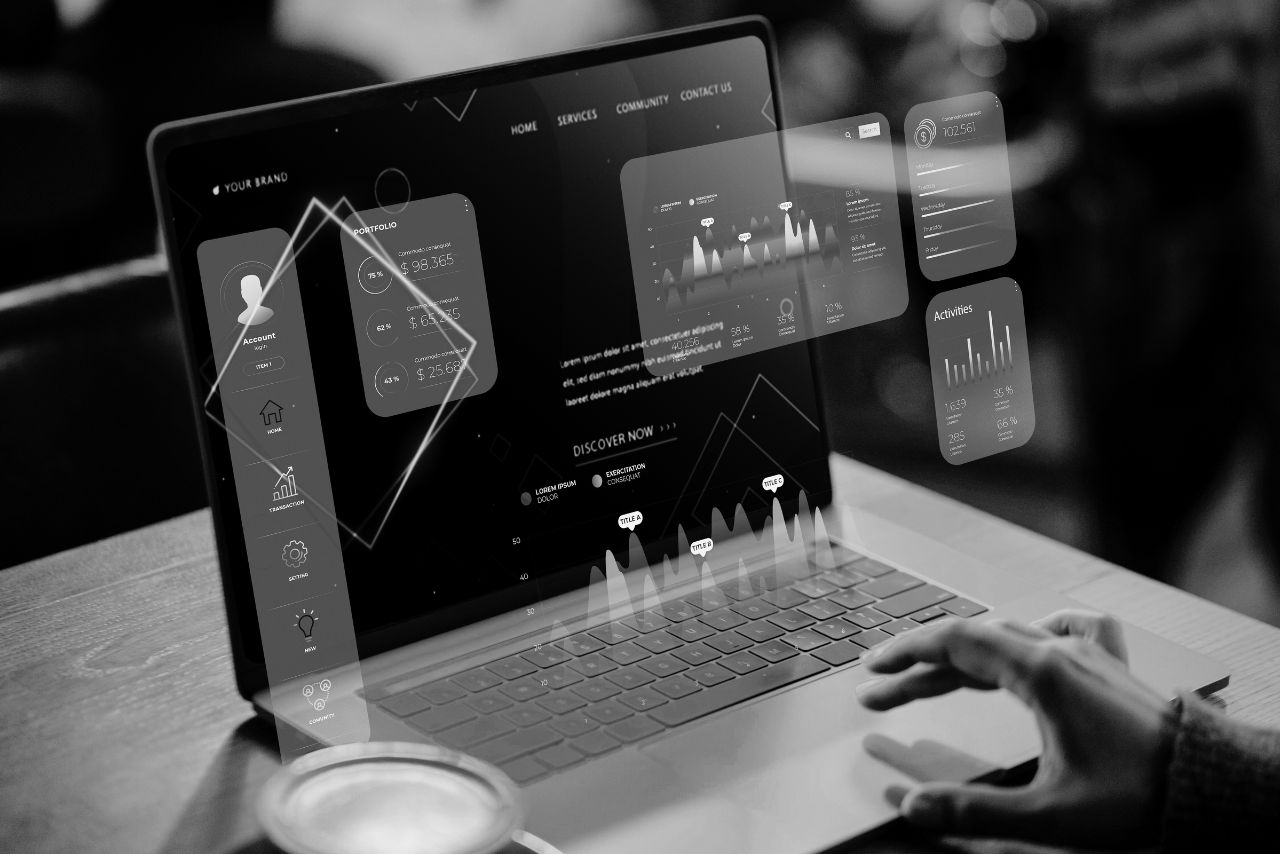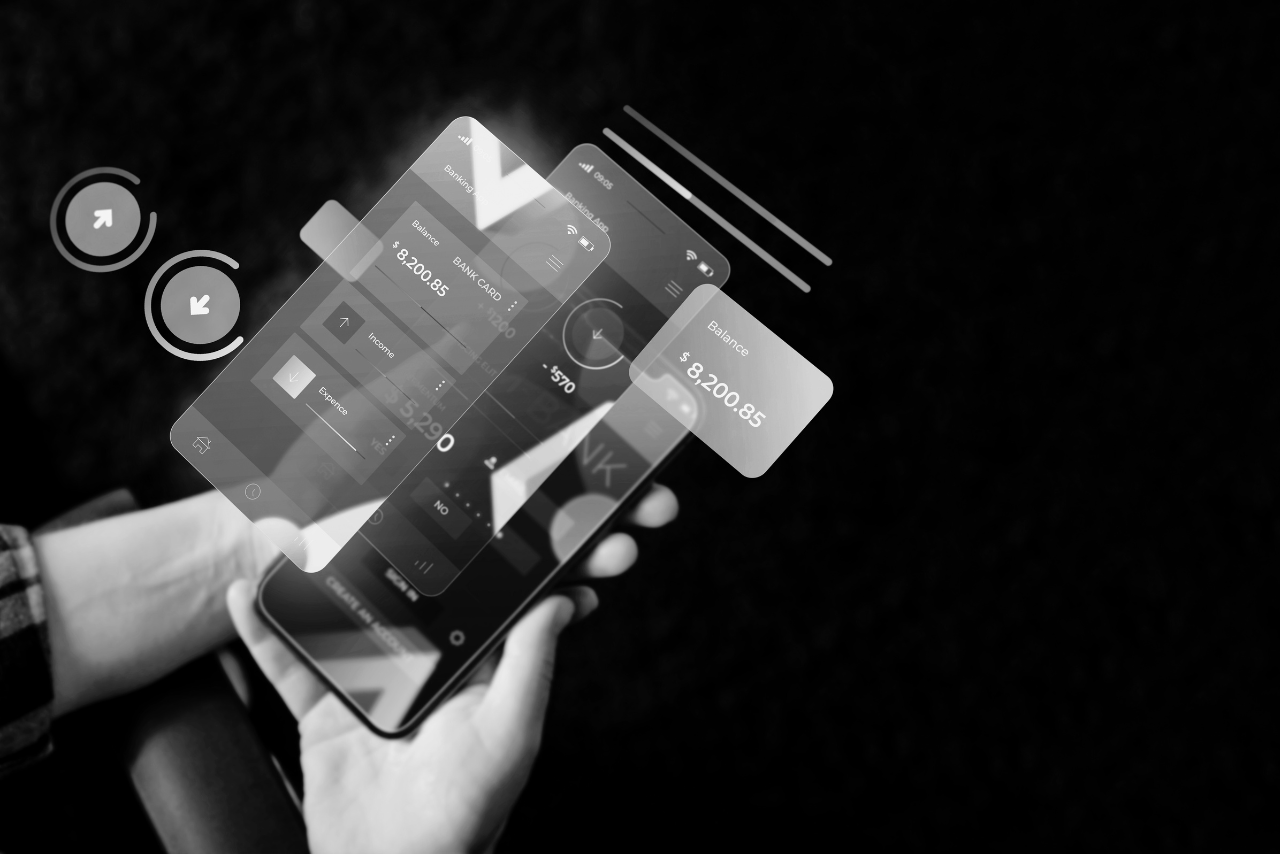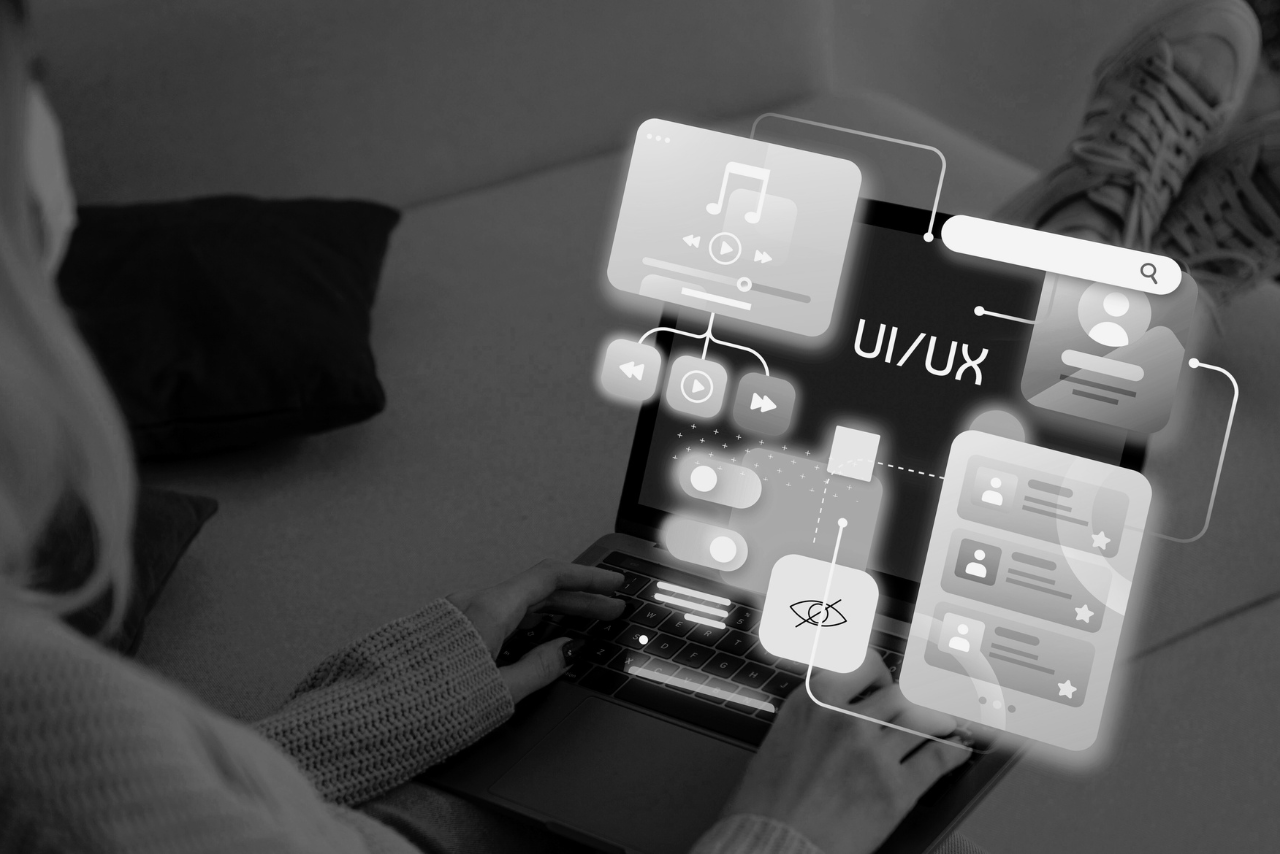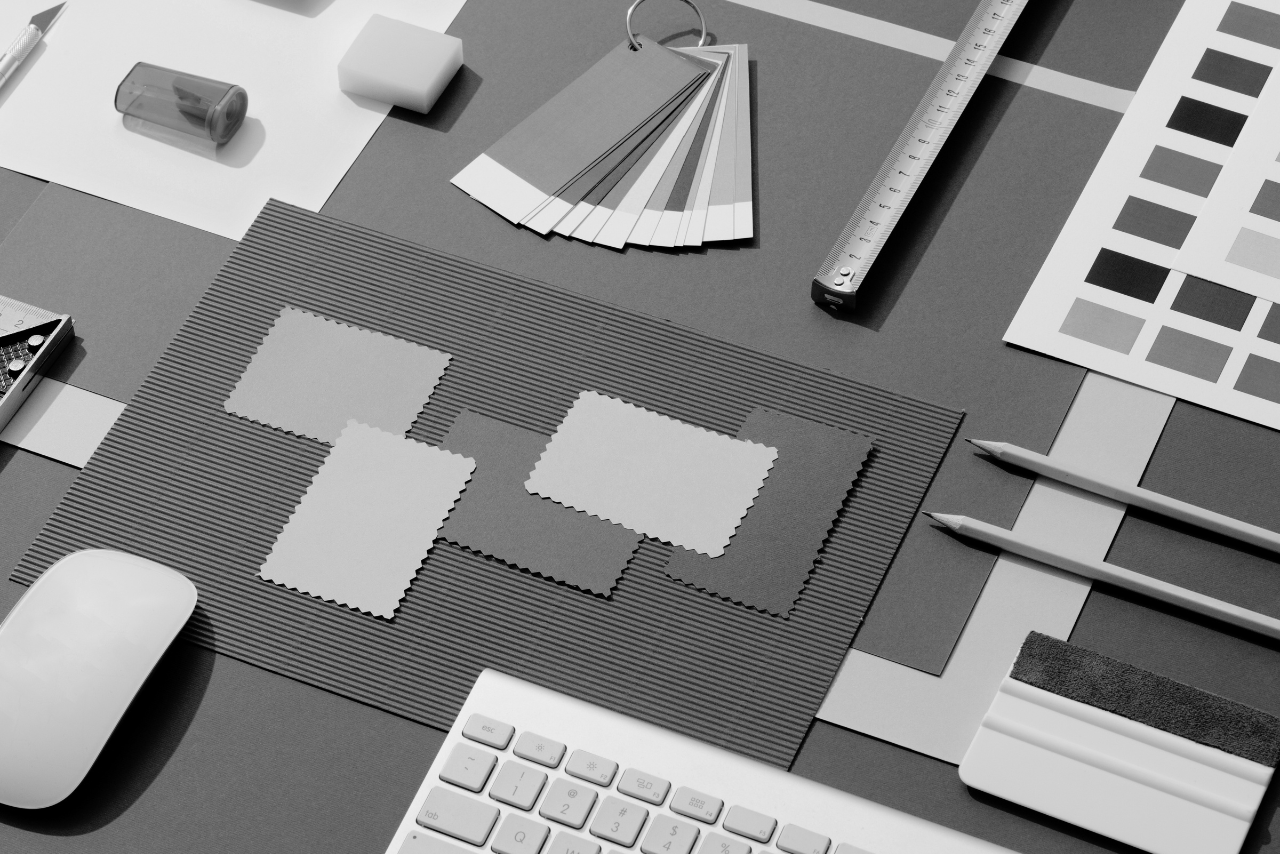Before we dive into current UX design trends, it’s important to understand what trends are and how they form. Trends are long-term directions of development that shouldn’t be confused with temporary hype. While hype lives for a few months and disappears, trends develop over years, gradually penetrating all areas of design.
Volume in a Flat World
The evolution of interface design has led to an interesting return of volumetric elements. Neomorphism—a style imitating plastic surfaces with soft shadows and lighting effects—and glassomorphism—imitation of glass surfaces—have gone from full-fledged design systems to selective application in modern interfaces.
Benefits for your business
- Your interface will become more intuitive thanks to improved visual hierarchy
- You’ll be able to highlight key elements without overloading the screen
- Your product will look modern and stand out from competitors
How we apply this for our clients
- We create pop-up panels with frosted glass effect to highlight important information
- We develop input fields with soft shadows to improve user experience
- We design call-to-action buttons with volumetric effect that attract attention
It’s important to apply these styles selectively rather than rebuilding the entire interface. Research shows that excessive use of volumetric elements can make it difficult for users to perceive information, especially for those with visual impairments.
Dynamic Content Grids
Rigid grids are being replaced by more dynamic and asymmetric layouts. Algorithmic grids with blocks of different heights and widths make the interface visually more attractive and less predictable.
Benefits for your business
- Your users will spend 30% more time exploring your content
- Important elements of your interface will get more clicks and attention
- Your key content will be promoted more effectively and noticed by users
How we apply this for our clients
- We design interesting catalogs of products and services that engage users
- We create attractive recommendation pages that increase conversion
- We develop non-standard search results that highlight important results
- We make memorable work galleries and portfolios that emphasize uniqueness
A/B tests show that interfaces with algorithmic grids can increase conversion by 15-20% compared to traditional grids, especially in e-commerce projects and content platforms.
Visual Statistics That Capture Attention
Data visualization is a way of presenting data where the emphasis is on specific numbers and indicators without overloaded graphs. This is especially relevant in an age of information overload, when users value simplicity and clarity.
Benefits for your business
- Your clients will understand presented data 40% better
- Your users will become more engaged thanks to personalized statistics
- Your brand will form a stronger emotional connection with the audience
How we apply this for our clients
- We develop clear annual reports that clients actually read
- We create personalized statistics that make your service indispensable
- We design intuitive financial dashboards that simplify decision making
- We form performance reports that motivate achievement of goals
Visual statistics is particularly effective when you need not only to provide information but also to evoke an emotional response. Personalized data presented in an understandable and visually attractive format contributes to brand loyalty.
Choose trends wisely and remember what matters
When implementing UX trends in your business, remember four key points:
- Think about your audience
Not every trend will suit your users. Choose solutions that match their habits and expectations. - Focus on business objectives
Use only those trends that will help improve your key metrics—conversion, retention, or average order value. - Assess your capabilities
Be realistic in evaluating the technical and human resources needed to implement your chosen trend. - Test before scaling
Always start small. Conduct A/B testing before applying a new approach to your entire product.
Conclusion
UX trends of 2025 reflect a deeper understanding of user psychology and the desire to create not just functional, but emotionally appealing digital products. Implementing current design approaches can significantly improve key business metrics and strengthen your company’s competitive advantage.
In our next article, we’ll detail our approach to implementing these trends and share practical recommendations that will help you use modern UX solutions most effectively.
